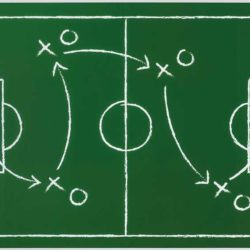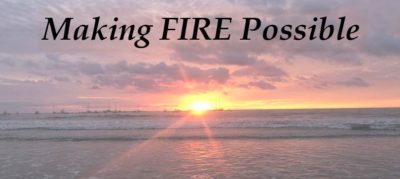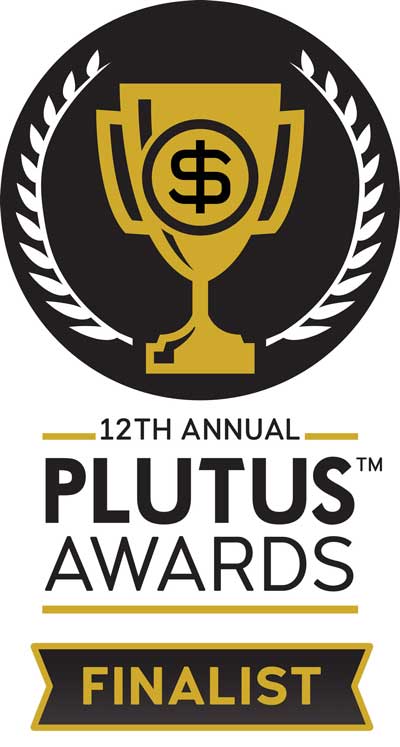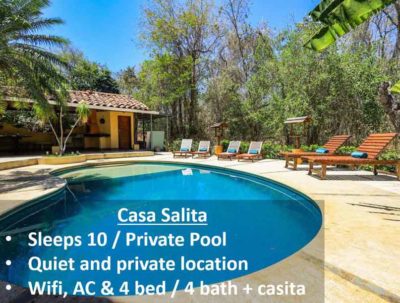Some of the links in this post are affiliate links. We may receive compensation if you click one of those links and purchase a product.
This reader is shopping for a Costa Rica vacation rental that yields a 10% return on investment:
Hi, I wonder if you were able to get the 10% net that you were looking for. My husband and I are interested in investing in a rental property for cash flow in Guanacaste but, after running the numbers and some sensitivity analysis for several properties, we only get 7% net max. Getting data from the sellers and real estate agents is really difficult there.
— Alma
Yes, Getting Data Is Difficult
There is no MLS for real estate sales and purchases in Costa Rica, and I have not been able to find another source for aggregated Costa Rica real estate data. While you can use tools like AirDNA to get aggregate data on things like room rates by type, rate changes by season and occupancy rates, tools like that won’t help you on the expenses side of the equation, and the aggregate data shown in those tools won’t necessarily predict your performance.
You can look at AirBNB listings for similarly located properties, but unless you go inside these properties you don’t know enough about the condition of the properties to compare to your own. You also don’t know if there are amenities, services or other extras provided by the property manager. Occupancy is difficult to gauge because some properties are used jointly as rental investments and for personal vacations.
If you can’t find the information, real estate agents and vacation managers won’t know either. They may have better word-of-mouth intelligence, but they also have a vested interest in painting a rosy picture. We heard quotes for room rates that were true only for high season. High season rates can be 30% or higher than other times of year.
You will have to collect your own data. We estimated based on what little info we had to start, and we planned (and budgeted) on using the first two to three years to experiment. This means tracking the inputs that influence our vacation rental ROI, and tweaking those inputs to maximize them.
There Are Multiple Inputs That Influence The Return On Investment

For a vacation rental, the return is based on revenues minus expenses. Each of these inputs also has multiple inputs.
- Revenues are calculated on the rate you can charge and your occupancy.
- Expenses include ongoing maintenance, regular turnover costs, staff, utilities, supplies, taxes, insurance, capital expenses and marketing costs. There are a lot of variables to track and tweak.
These variables change over time. The pool pump for our Casa Salita quit suddenly and needed to be replaced at a cost that exceeded 75% of a typical month’s normal expenses. Ouch! Over time, one would expect (or hope?) that ad hoc maintenance charges average out, and net return averages or exceeds 10%. However, until we have owned over time we can’t be sure.
We also might make capital improvements that change our inputs going forward. For Casa Salita, we’re looking into solar panels, which would be a large upfront cost but significantly lower ongoing electric costs, which are very expensive when the house is occupied. We also might further build out the double lot, significantly increasing our guest capacity and therefore our revenues.
Speaking of revenues, we underpriced our rates in our first year, and are increasing for the coming year. We priced conservatively because we wanted to rack up reviews and to test the market. We have much stronger occupancy going into the 2nd year now that our brand is more established, so we feel more confident about raising rates. Finally, we are making additional marketing investments that should further improve occupancy in future years.
Will the improvements to revenue outweigh the costs? That’s the uncertainty and the fun that comes with running your own business.
Return Is Only One Half Of ROI
Return on investment will vary not just based on the return, but also on the investment – i.e., how much money you invested. How much money you invested varies if you bought for cash or financed the purchase. In our case, we paid cash for two, using our self-directed retirement account, but financed one via a cash-out refinance of another property.
(If you are interested in creating your own self-directed retirement account to purchase real estate, check out Checkbook IRA)
Investment also varies based on the condition of your initial purchase and if you are contributing sweat equity. Sweat equity isn’t money out-of-pocket, though there is the opportunity cost of working on the property, rather than doing something else. We are not handy people, and we also live outside of Costa Rica making a sweat equity investment impractical for us. There was some work we had done on Casa Salita that another buyer might have elected to do themselves. That would have decreased the out-of-pocket financial investment, though increasing the opportunity cost.
Finally, your investment outlay can be helped by getting a deal on the purchase price. Do you have a nose for off-market deals or distressed sellers? Do you have strong negotiation skills to drive down the price? Were you first to hear about an underpriced opportunity that you quickly closed on before other buyers got wind of it and drove up the price? (That third one applies to our purchase of Condo Reeves.)
Hitting A 10% ROI Early Depends A Lot On Purchase Price
Because it takes time to track all the inputs to ROI and additional time to then tweak these, the return side of ROI will not be a big driver of ROI in the early days. The investment side, or purchase price, will make the bigger difference. If you can get a good enough deal, you might hit your 10% return even if you have to be conservative on rates, even if your occupancy is lower than typical because you have no track record, even if your costs are higher at the outset than they will be going forward.
For us, Condo Reeves is easily outperforming Condo Boom simply because we got a better deal, so we need a lower absolute return to hit that 10%. We also bought Condo Boom first so could take the tracking and tweaking we did for Boom and apply it to Reeves from the get-go. There are some differences, of course, because vacation properties are never apples-to-apples. However, having more data to start meant the runway for Reeves to 10% was shorter.
Maintaining A 10% ROI Over Time Requires Work

Vacation rentals are labor-intensive. You need to track a lot of inputs. You need to experiment to maximize those inputs. You need to do this from afar — many vacation destinations are not in the same geography where you live.
I’m not surprised that initial estimates and sensitivity analyses point to a lower return. I know vacation rental owners who are happy to take a single-digit percentage return or just break even on the ongoing costs. Some owners include in the ROI the enjoyment of personally using the property, the diversification to their other investments, or expected appreciation.
For us, we are targeting a 10% ROI over time. We’re there in year two for one of our properties, close with another, and furthest behind for the one that we bought for mixed use. There are still a lot of variables:
- Will we take on a more hands-on management role?
- If we do, would we outperform our current team?
- Will we make capital improvements?
- If we do, will we select the right improvements to make?
- Will our marketing efforts pan out?
- Will the vacation market in our areas change considerably?
- Will tax rules or other legislation in Costa Rica change the value of our investments?
Our bottom line
In year one, we did not hit 10% return on investment on any of our properties. The start up expenses, lower nightly rate and lower occupancy made it too difficult. The start up expenses for each property was higher than we thought for things like repairs and replacing of items/furniture.
As mentioned, in year 2 we are definitely on track for one of the properties, and for the others it will depend on occupancy and expenses – it is still too early to tell. Our occupancy was great for all our properties in the high season just ending now, but to get to 10% we’ll need to keep our occupancy up over the middle and low seasons, which is challenging without lowering rates too much.
Hitting the 10% return and staying there is a work-in-progress, and we won’t really know if we will get there ourselves until we get through our 2nd low season.

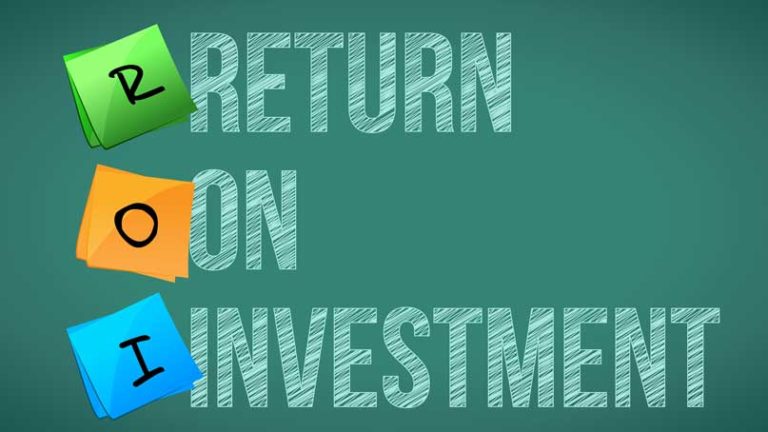
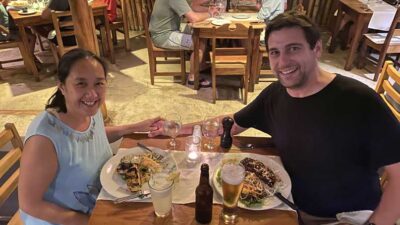 We are Scott and Caroline, 50-somethings who spent the first 20+ years of our adult lives in New York City, working traditional careers and raising 2 kids. We left full-time work in our mid-40’s for location-independent, part-time consulting projects and real estate investing, in order to create a more flexible and travel-centric lifestyle.
We are Scott and Caroline, 50-somethings who spent the first 20+ years of our adult lives in New York City, working traditional careers and raising 2 kids. We left full-time work in our mid-40’s for location-independent, part-time consulting projects and real estate investing, in order to create a more flexible and travel-centric lifestyle.  Financial independence and early retirement is not something we originally focused on, but over time realized it was possible. Our free report,
Financial independence and early retirement is not something we originally focused on, but over time realized it was possible. Our free report, 

